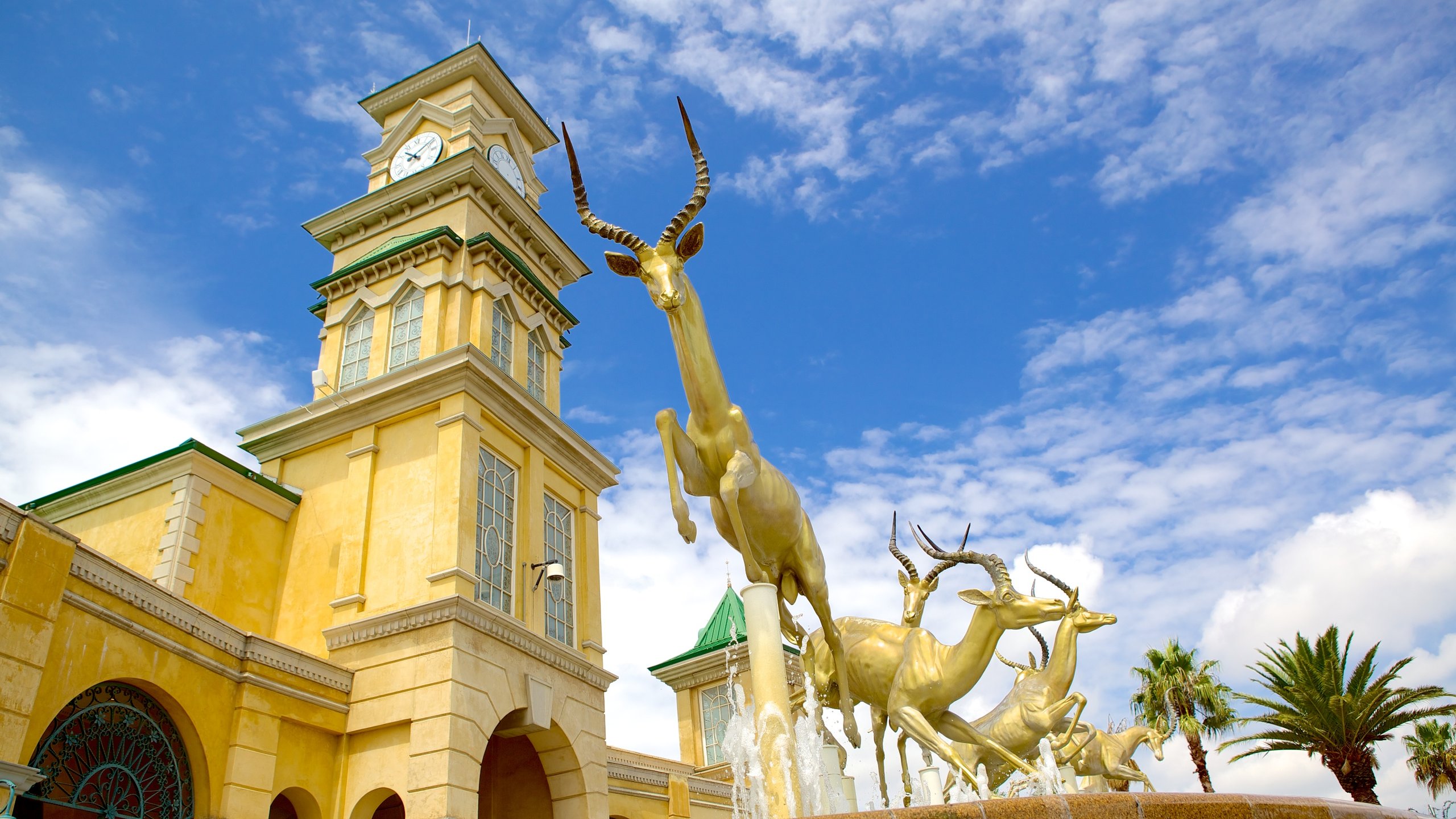3 Simple Techniques For Johannesburg North Attractions
3 Simple Techniques For Johannesburg North Attractions
Blog Article
8 Easy Facts About Johannesburg North Attractions Shown
Table of ContentsThe Best Strategy To Use For Johannesburg North AttractionsThe Basic Principles Of Johannesburg North Attractions What Does Johannesburg North Attractions Do?The smart Trick of Johannesburg North Attractions That Nobody is Talking AboutWhat Does Johannesburg North Attractions Do?Some Known Details About Johannesburg North Attractions The Only Guide for Johannesburg North Attractions
You ought to maintain protection in mind and travelers must stay sharp at all times when in unfamiliar environments. Talk to the residents when you remain in community to locate out regarding the area you are remaining in. Johannesburg North attractions. When on the road (this doesn't put on purchasing malls and various other safe settings) best basic recommendations is to try your ideal to appear like a neighborhood and to stay clear of presenting any type of wide range
The Facts About Johannesburg North Attractions Uncovered
Teacher Revil Mason O. J. (Thomson, 1946) checked out the Witwatersrand's pre-colonial background. His archaeological job exploded the 'em pty land' myth, according to which the region was devoid of human habitation prior to the arrival of European settlers. In his magazines Prehistory of the Transvaal: A Document of Human Task (1962) and Beginnings of Black People of Johannesburg and the Southern Western Central Transvaal AD 3501880 (1986 ), Professor Mason showed the degree of social and economic growth in the location before Europeans established foot below.

5 Easy Facts About Johannesburg North Attractions Explained
In 1878, David Wardrop found gold in quartz veins at Zwartkop, north of Krugersdorp. In 1881, Stephanus Minnaar came throughout gold on the farm Kromdraai, near the Cradle of Mankind.
In March 1886, a protrusion (quickly to be called the Key Coral reef) was found, rather fortunately, on Gerhardus Oosthuizen's farm Langlaagte. Some claim that the Lancastrian coal miner George Walker discovered this coral reef. One more itinerant English prospector, George Harrison (who had actually formerly functioned in Australian mines) obtained a prospecting licence in respect of Langlaagte in Might 1886.
He made a decision to proceed in a pursuit for greener fields, and disposed of his Langlaagte case for the handsome sum of 10. Alas: underneath lay the wealthiest goldfield ever before located. The exploration of this abundant auriferous coral reef prompted a gold thrill that signalled completion of bucolic tranquillity in the southerly Transvaal.
It would, within 6 years, become the largest community in southern Africa. Within a years, it would certainly make the Z. A. R. until then an anarchical and insolvent little state the richest country in Africa. By the millenium, the Z. A. R. was to go beyond Russia, Australia and the USA of America to end up being the globe's leading gold producer, producing even more than a quarter of the world's gold.
4 Easy Facts About Johannesburg North Attractions Explained
It was called Ferreira's Camp, named after Colonel Ignatius Ferreira. He was a Boer adventurer upon whom the British authorities had presented the status of Friend of the Many Identified Order of St Michael and St George (qualifying him to the post-nominal letters C. M. G.) in gratefulness for his function in the war that had deposed the Pedi king Sekhukhune in 1879.
2 other camps were established: Meyer's Camp on the ranch Doornfontein, and Paarl Camp. The latter was nicknamed Afrikander Camp; lots of individuals from the Cape Swarm worked out there.

The Only Guide for Johannesburg North Attractions
This name gained currency by word of mouth, such that the State Assistant verified the name to the Mining Commissioner on 9 October 1886. Stands news in the village were auctioned on 8 December 1886. While some stands were sold for 10, others were torn down for as little as sixpence.
2 years later on, these erven were to change hands for as long as 750 each. The tented camps diminished as a dorp of corrugated iron buildings established and increased north of the mines located along the Main Coral Reef Road. Locations such as Jeppe's Town (where working-class immigrants erected their residences) and Doornfontein (where the affluent brand-new 'Randlords' started to create their luxurious houses) were soon contributed to the ever-expanding map of the town.
The Best Guide To Johannesburg North Attractions
Besides the street names, there were no indications of Johannesburg being located in a Dutch-speaking nation. Years later, C. W. Kearns O. J. (one of the initial kids signed up at St John's University in 1898) would remember: 'An odd reality about Johannesburg was that, although it was read the full info here in the [Boer Republic], virtually everyone spoke English and also the Federal government servants addressed one in English, unless they were very first addressed in the Taal (or Low Dutch)'.
Britain had a passion in making certain ideal conditions for gold production on the Witwatersrand, and that the gold was exported to London rather than Berlin an essential rendered all the more clamant by the Z. A. R.'s raising toenadering with Germany. Mine owners got on a crash program with President Kruger, whose plan of monopolistic giving ins (frequently approved to his cronies) avoided mining companies from obtaining materials of materials (especially dynamite) and work on their very own, less expensive terms
See This Report on Johannesburg North Attractions
In 1890, the Volksraad had actually restricted the franchise business to white men that had lived in the Z. A. R. for fourteen years or longer, hence invalidating many of the immigrants (who occurred to be the significant contributors to the fiscus). Nonetheless, frustration for the ballot was a plain pretense for promoting a different program; the majority of uitlanders concerned themselves as short-lived visitors and had no intention of staying in the Z.
Report this page